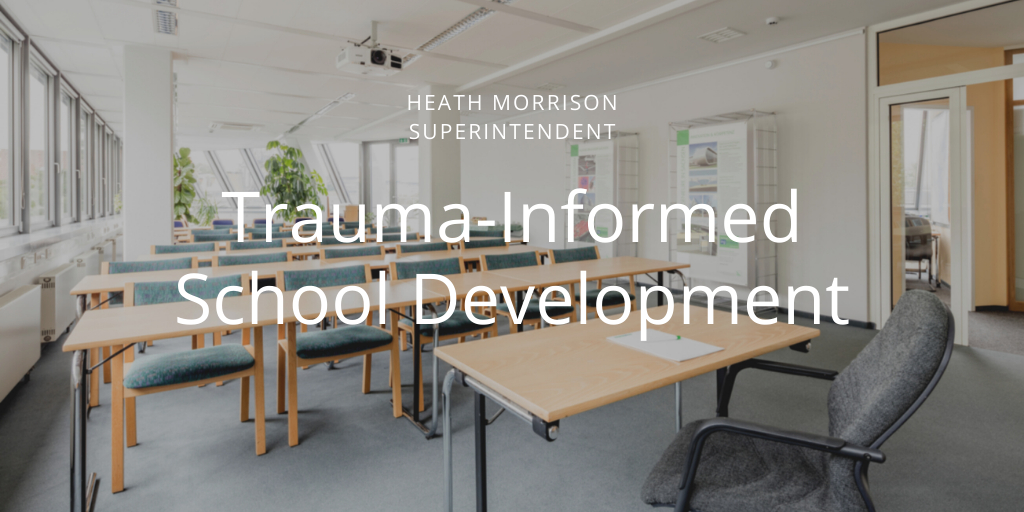The need for trauma-informed schools increases every day. From bullying cases to news coverage of active shooter situations, there are many ways in which a student’s psyche can be negatively impacted, both directly and indirectly. As such, it is necessary to implement new measures to ensure the mental well-being of students.
What is a trauma-informed school?
Traumatic stress can arise from various sources, including but not limited to exposure to violence, natural disasters, and family situations like divorce or death of a close relative. These are issues that can and should be addressed, whenever possible, in a school environment. Doing so will not only benefit those suffering from traumatic stress; research shows that implementing a trauma-informed approach to schooling helps everyone, regardless of their history.
Students who have experienced traumatic events may have behavioral or learning difficulties in school. The goal of a trauma-informed school is to identify these behaviors and avoid labeling the student negatively. Teachers and staff should understand why the student behaves in a given way and provide resources necessary to meet the student’s underlying needs.
How to develop a trauma-informed school
Several components are essential when developing a trauma-informed school. It is helpful to view these components as tiers, or levels of support.
The first tier will encourage a general sense of care, compassion, and safety within the school environment. It is difficult to identify each student that may have a traumatic past; however, implementing this first tier will benefit all students regardless of their trauma history.
The second tier of creating a trauma-informed school is developing silos that work with students to address their behavioral issues beyond simple disciplinary action.
At the third level, the school will provide an even deeper level of support by utilizing professional mental health services. These services will be one-on-one and may require the use of an outside agency. For trauma-informed schooling to be successful, appropriate hiring is crucial. Educators must be trained on how to recognize and respond to students affected by traumatic stress.
Ultimately, trauma-informed schools aim to prevent violence and nurture compassionate learning spaces by providing support and sometimes intervention for students experiencing distress. Through collaboration between parents, educators, and students, every student’s potential can be maximized in a trauma-informed school system.


